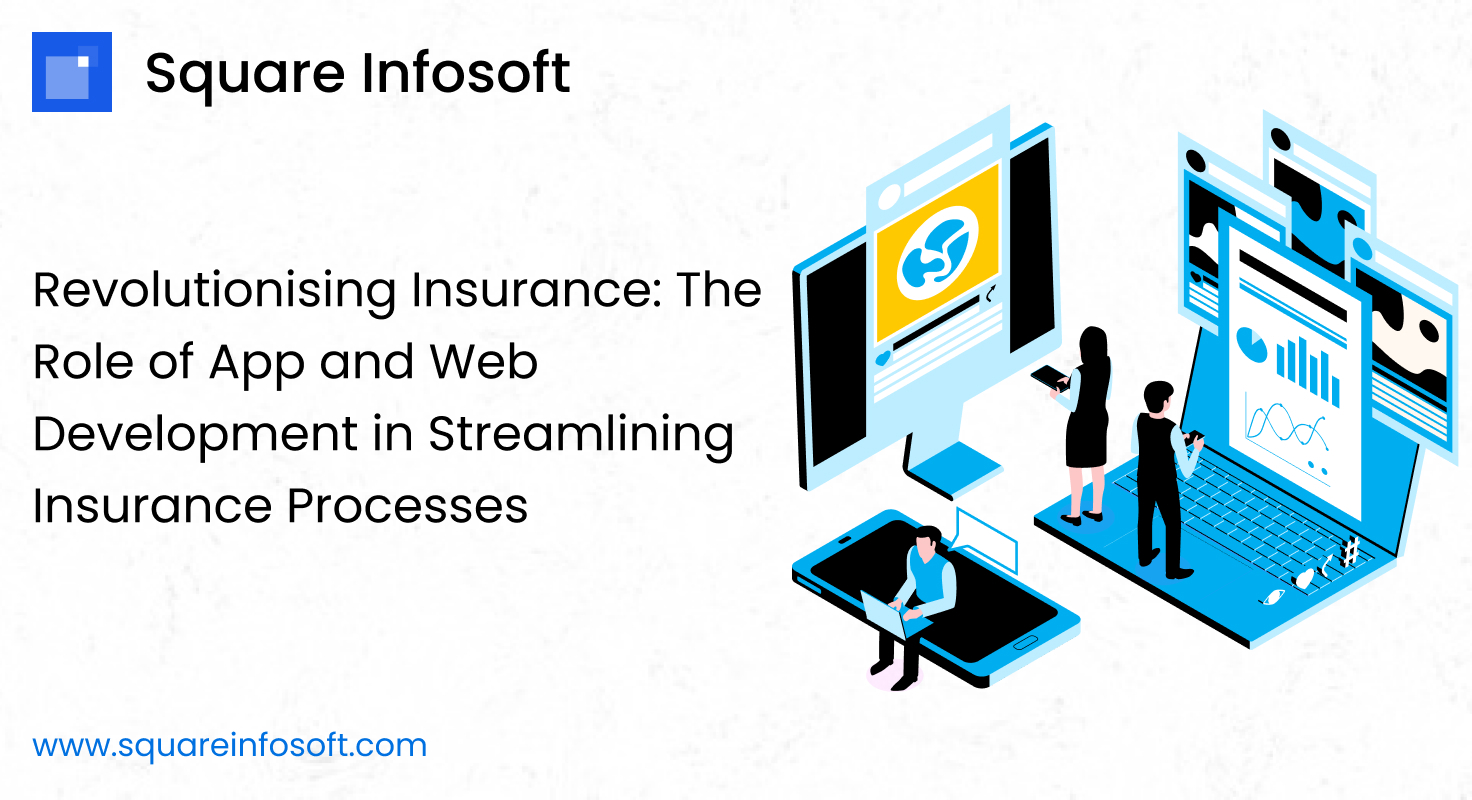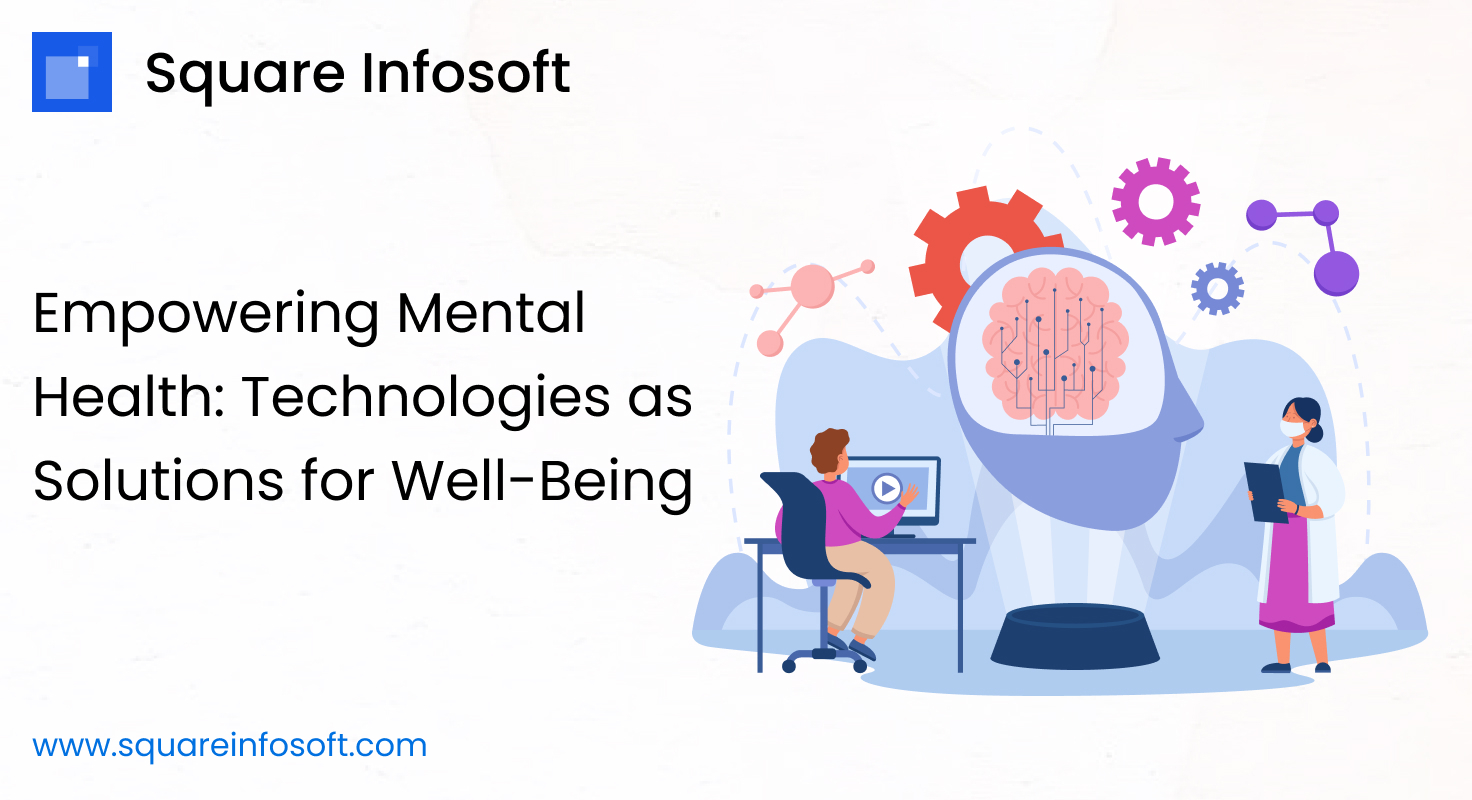Developing a media and entertainment mobile app can offer users a platform to access various forms of entertainment content, such as videos, music, news, and more. Here’s a step-by-step guide to help you create a successful media and entertainment app:
1. Define Your Niche:
Identify the specific type of media and entertainment content your app will focus on (videos, music, podcasts, news, etc.).
2. Define Core Features:
Content Library: Create a well-organized repository of your chosen media content.
User Profiles: Allow users to create accounts, customize preferences, and save favorites.
Search and Discovery: Implement powerful search and recommendation algorithms to help users find content easily.
Streaming and Downloading: Enable streaming of content online and offline downloading for on-the-go access.
Personalized Playlists: Allow users to create and curate playlists of their favorite content.
Social Sharing: Integrate features that allow users to share content on social media platforms.
Notifications: Notify users about new content releases, updates, and recommendations.
3. Platform and Technology Selection:
Choose the platforms you’ll develop for (iOS, Android, or both).
Select programming languages (Swift, Kotlin/Java) and development tools.
Consider using cross-platform frameworks to expedite development.
4. Design and User Experience (UX):
Design an appealing and intuitive user interface that aligns with your brand and content type.
Prioritize user-friendly navigation and seamless transitions between screens.
5. Development:
Develop the front-end and back-end components of the app.
Implement features such as content browsing, streaming, playlist management, and user profiles.
Focus on optimizing the app’s performance for smooth content delivery.
6. Content Licensing and Management:
Secure the necessary licenses and rights to distribute the media content.
Set up a content management system to organize, update, and deliver content.
7. Monetization Strategies:
Choose a monetization model (subscription, freemium, ads, pay-per-view).
Offer premium content for paid subscribers or ad-free experiences.
8. Security and Data Protection:
Implement security measures to protect user data, especially if handling payment information.
Comply with data protection regulations and encrypt user data.
9. Testing and Quality Assurance:
Thoroughly test the app for functionality, performance, and usability.
Test different devices and screen sizes to ensure compatibility.
10. Deployment:
Publish the app on app stores (Apple App Store, Google Play Store) following their guidelines.
Create compelling app descriptions, screenshots, and promotional materials.
11. Marketing and User Acquisition:
Develop a marketing strategy to promote the app (social media, content marketing, influencer partnerships).
Use engaging visuals and trailers to showcase the app’s content.
12. Continuous Improvement:
Gather user feedback and make regular updates to improve the app’s functionality and user experience.
Stay updated on industry trends to offer new and relevant content.
Conclusion to the articles:
developing a media and entertainment mobile app involves a multifaceted approach that encompasses various stages, from defining the niche and core features to deployment and continuous improvement. By following the step-by-step guide outlined above, developers can create a successful app that offers users a seamless and enjoyable experience while accessing a diverse range of entertainment content.
The process begins with defining the app’s niche and core features, ensuring alignment with the target audience’s preferences and needs. User-centric features such as personalized playlists, social sharing, and notifications enhance engagement and satisfaction. Platform and technology selection are critical considerations, with developers choosing between iOS, Android, or cross-platform development based on their audience and resources.
Design and user experience play a pivotal role in capturing and retaining users’ interest. An appealing and intuitive interface, coupled with smooth navigation and seamless transitions, contributes to a positive user experience. During the development phase, a focus on optimization ensures the app delivers content efficiently, whether through streaming or offline downloading.
Content licensing and management are essential aspects, requiring developers to secure necessary rights and establish robust content management systems. Monetization strategies, such as subscriptions, ads, or pay-per-view, enable developers to generate revenue while offering value to users. Security measures, including data protection and compliance with regulations, safeguard user information and foster trust.
Thorough testing and quality assurance procedures ensure the app functions flawlessly across different devices and scenarios. Deployment on app stores and strategic marketing efforts, including social media promotion and influencer partnerships, drive user acquisition and engagement.
Continuous improvement is key to the app’s long-term success, with developers gathering user feedback and implementing updates to enhance functionality and relevance. Staying abreast of industry trends allows developers to adapt and offer new content and features that resonate with users.
In essence, a well-crafted media and entertainment app has the potential to become a popular platform for users to access their favorite content conveniently. By prioritizing user experience, content quality, and monetization strategies, developers can create a compelling app that captivates audiences and drives business growth in the dynamic digital entertainment landscape.




